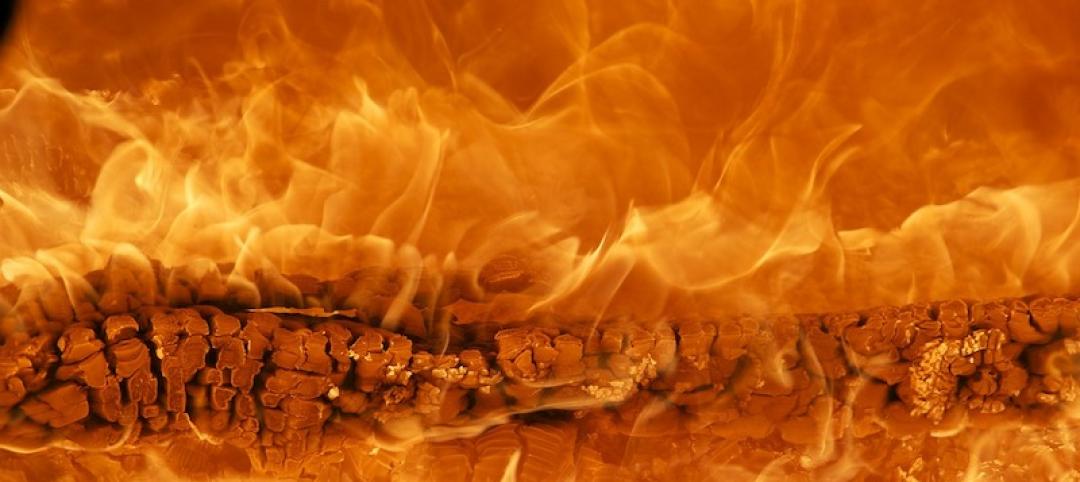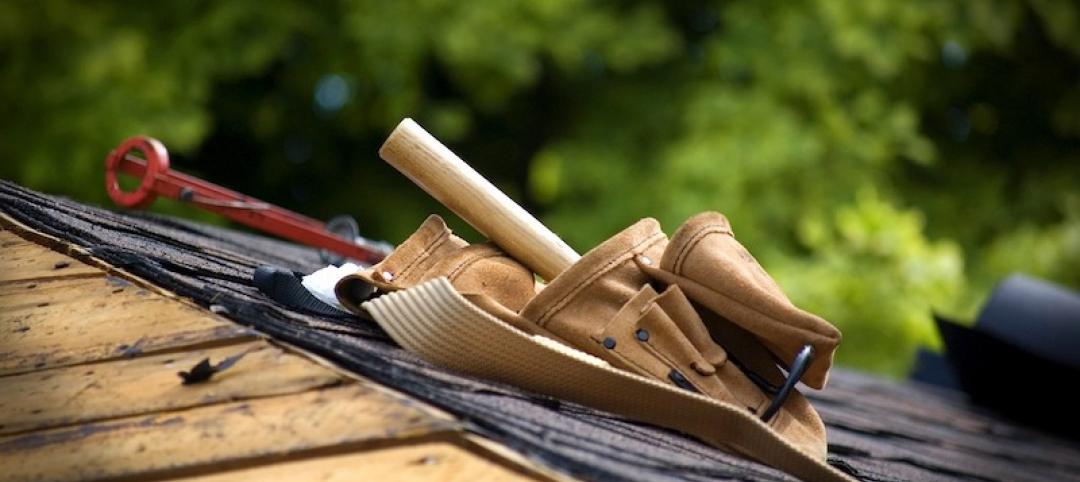Corrosion in sprinkler system piping can be a costly problem if leaks occur, causing damage to the interior of a structure, according to Matt Klaus, Principal Fire Protection Engineer with the National Fire Protection Association.
Replacing piping is no small expense, either. Corrosion can also cause blockages in the piping network, which can lead to an ineffective sprinkler system during a fire.
Corrosion can take on many forms, including oxidation, microbiologically influenced corrosion, and galvanic corrosion. The technical committees responsible for NFPA 13, Installation of Sprinkler Systems, have been looking at ways to eliminate or reduce corrosion in sprinkler systems for several revision cycles.
Reducing corrosion in dry systems can be achieved by eliminating all of the water from these systems after testing/activation and using alternative gases like nitrogen for charging these systems. For wet systems, limiting the amount of air in the system is the goal. Air trapped in pressurized sprinkler system piping results in an increase in the concentration of dissolved oxygen in the piping, enabling corrosion. Venting the trapped air in a wet system reduces this problem, so a revision to the wet system sprinkler system standard requires that a single air vent be installed for each system.
Depending upon the building geometry and sprinkler design, it is possible to trap air in many locations in the system, meaning a single vent may not be effective. Therefore, some stakeholders believe that the requirement adds cost to the property owner and the design team without any assurance that there is a long-term benefit to the system.
Related Stories
Codes and Standards | Jun 8, 2020
OSHA construction safety inspections fall 84% during COVID-19 pandemic
Agency focuses on preventing disease transmission in healthcare industry.
Codes and Standards | Jun 8, 2020
5 must reads for the AEC industry today: June 8, 2020
Frank Lloyd Wright sites set to reopen and construction jobs rise by 464,000.
Codes and Standards | Jun 8, 2020
Reopened offices raise liability risk for businesses and owners
Risks may not be covered by property insurance.
Codes and Standards | Jun 4, 2020
American Wood Council updates report on fire resistance of wood members and assemblies
Provides new examples and background on mass timber calculations.
Codes and Standards | Jun 3, 2020
Virginia makes GCs liable for subs employee wages
New law allows workers to sue GCs for wages in class action.
Codes and Standards | Jun 2, 2020
Designers, owners reinventing restaurants to cope with COVID-19
Options include rearranged seating, mobile ordering, designated flow spaces.
Codes and Standards | Jun 1, 2020
How owners should comply with OSHA roofing safety guidelines
Buildings should have fall protection and restraint provisions for those who go on roofs.
Codes and Standards | May 29, 2020
AIA releases new, updated sustainable project documents
Streamlined sustainable design and construction process included.
Codes and Standards | May 28, 2020
USGBC outlines how it will support pandemic recovery efforts
Includes emergency guidance and upgrades to the LEED green building program.
Codes and Standards | May 27, 2020
Office market could be COVID-19 casualty
As companies get used to work at home, post-pandemic office market could collapse.

















